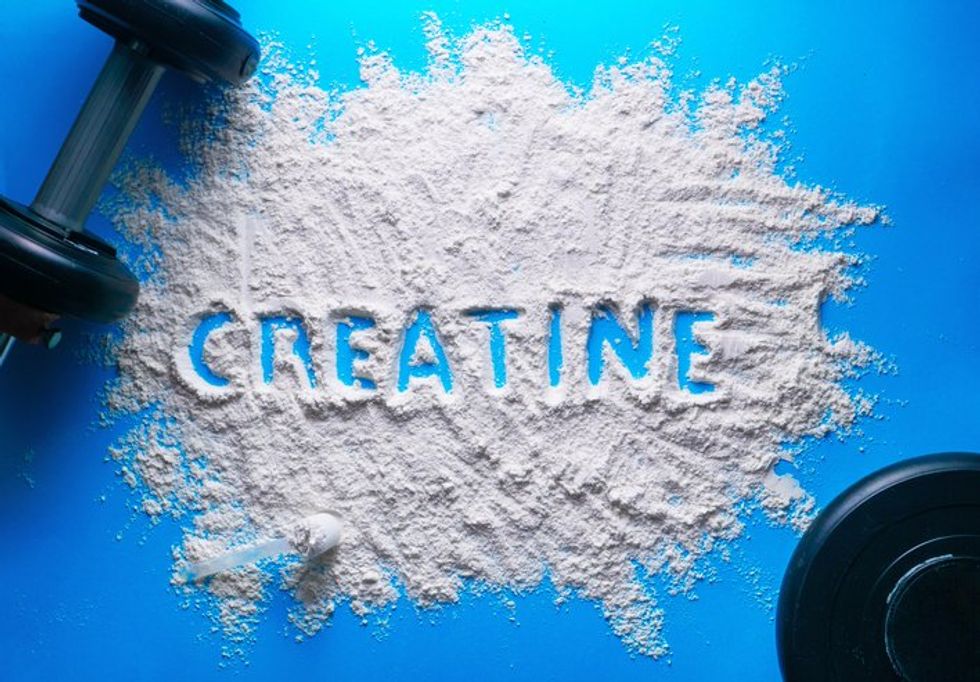WATCH — Worried about a matcha shortage? Maybe you don’t have to be | videoclip
Authentic Japanese matcha is a small industry with lots of demand
It feels like matcha is everywhere.
The powdered green tea, a traditional Japanese drink, is filling up our feeds.
On TikTok, 2.4 million videos have been posted under the hashtag “matcha.”
Offline, coffee chain Starbucks just announced a new strawberry matcha frappuccino this month.
And it’s not just showing up in drinks — stores are selling everything from matcha ice cream to matcha skincare products.
But recent headlines have been warning about a shortage of matcha.
Could we run out of the green stuff?
While demand for the tea powder is booming, your local coffee shop likely won’t be running out any time soon, according to an expert we spoke to.
That’s because other countries outside of Japan, like China and Vietnam, are trying to grow more matcha to meet the demand.
But until they catch up, don’t be surprised if you have to pay more for your matcha latte.
Click play to learn more about the matcha madness ⬇️⬇️⬇️
What’s causing the shortage?
There are many reasons why we’re seeing a shortage of traditional, Japanese matcha.
For one, there is a limited supply and it takes a long time to grow and harvest more.
It takes at least five years for a tea plant to be ready for plucking.
A tea bush grows after the harvesting season at a tea plantation in Uji, Japan. It typically takes five to eight years for a tea bush to be ready to pick from. (Image credit: Michele Pek/Reuters)
Another possible reason? Less demand for matcha from Japanese residents in recent years had local farmers producing less of it.
Add in a recent tourism boom in Japan, plus social media’s trending influence, and you have a recipe for a shortage: Too much demand with too little tea available.
Japanese matcha versus Chinese matcha
While Japan might not be able to keep up with the booming demand for matcha, other countries, like China, are trying to step up.
But a quick search on Google shows there’s heated debate about whether Chinese matcha can measure up to the traditional tea from Japan.
Han Le, who is a certified tea master at the Global Japanese Tea Association, says he can easily spot and taste the difference between Chinese and Japanese matcha.

Matcha tea comes in the form of a green powder that can be added to drinks, baked goods and even skincare products. (Image credit: Damian Dovarganes/The Associated Press)
While purists appreciate the tradition, process and flavour of Japanese matcha, others note that Chinese matcha is much more accessible and inexpensive.
A lot of it comes down to cost, availability and, of course, personal preference.
Le says prices for traditional Japanese matcha have gone up 40 per cent due to demand.
That gives coffee shops two options if they want to keep making money: charge more for matcha products, or switch to a cheaper matcha.
“So as a business, are you willing to pay 40 per cent more and then sell everything at a higher price [to your] retail customer, or you’re gonna start to outsource all your stuff to China and maintain the cost?” Le said.
Have more questions? Want to tell us how we’re doing? Use the “send us feedback” link below. ⬇️⬇️⬇️
With files from Jenna Benchetrit/CBC
Source link
Share this article:










